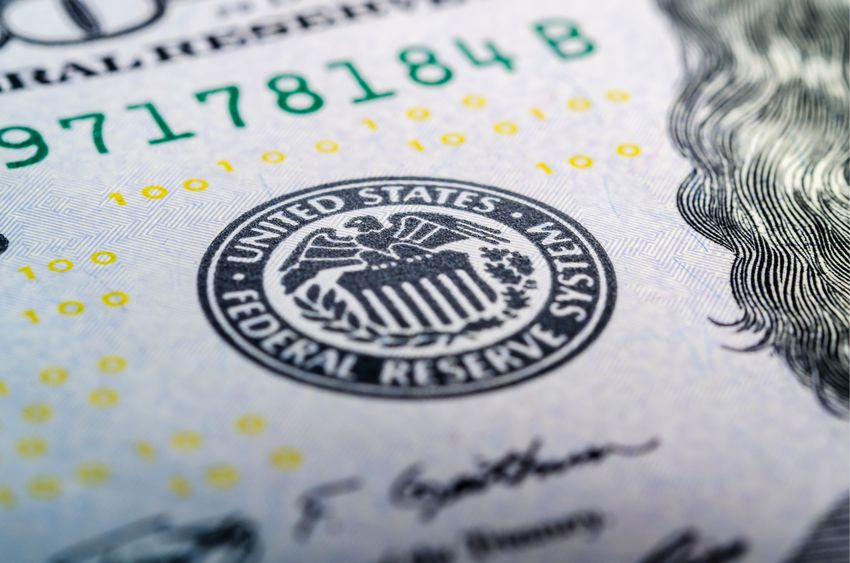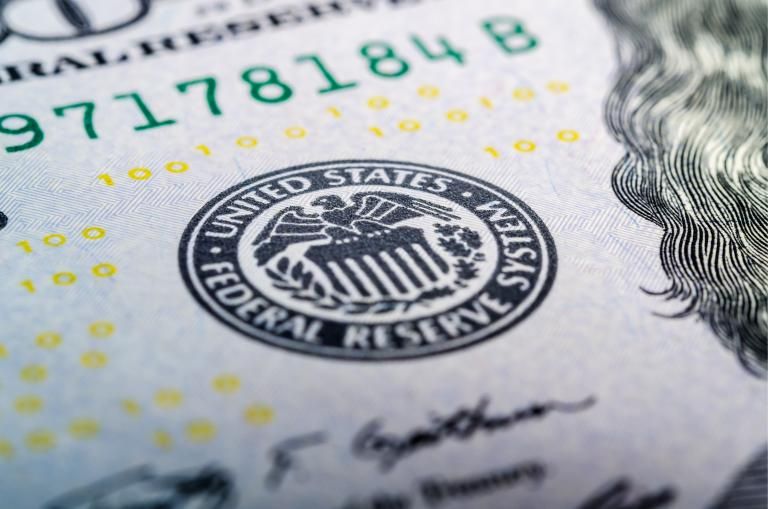The Federal Reserve biannual report on the financial stability in the United States economy warned against mounting corporate debt. The increase was a dramatic 20 percent in 2018 — to a staggering $1.1 trillion.
Such debt, often called leveraged lending, involves companies which are already heavily leveraged receiving additional large loans. The current levels of such high-risk loans have exceeded peak numbers not seen since 2007. According to the report:
Although the increase in nonfinancial business debt has been broad based across most sectors of the economy, it has become increasingly concentrated among the riskiest firms.
This type of lending creates substantial risk within the banking sector. While such loans are not showing a dramatic amount of default currently, the danger is evident. Times of economic contraction can often create a perfect storm of default and debt calling.
The danger of the debt is not isolated to these high-risk companies, either. As corporate debt defaults increase during contractions, banks are sent into a tailspin and losses can quickly create instability. The report made this clear, saying:
Even without a sharp decrease in credit availability, any weakening of economic activity could boost default rates and lead to credit-related contractions to employment and investment among these businesses…and increase the downside risk to broader economic activity.
Investors, Hold The Bag
The problem could be exacerbated further if investors are impacted. Much of the high-risk debt that is currently outstanding is held by mutual funds or collateralized loan obligations. A massive default spiral would dramatically impact investor funds.
Often investors are simply unaware of the risks taken by their portfolio managers. For example, investors in funds managed during the mortgage-backed securities crisis of 2008 were completely unaware of the risks to their portfolios.
In the end, should the debt begin to default more dramatically, investors would be left holding the bag. What’s more, Fed policies regarding interest rate tightening could kick off the downward spiral — leading to these dramatic losses.
Institutionalized failure
The interesting component of this report is found in the centralized connections between the Fed and such lending practices. While not directly related, the current lending climate is the result of dramatically-low interest rates since 2008.
The Fed uses low-interest rates to increase business lending in a bid to spur the economy. Now that the lending has increased, the Fed’s tightening has put the economy back in a risky position.
Bitcoin devotees see such institutionalized failure points as signs that a move toward a decentralized position is key. Removing the reins of the economy from a few oligarchs would limit the impact felt by investors.
Do you think the Federal Reserve is its own worst enemy or is some centralization necessary due to the problems with an unrestrained economy? Let us know in the comments below!




